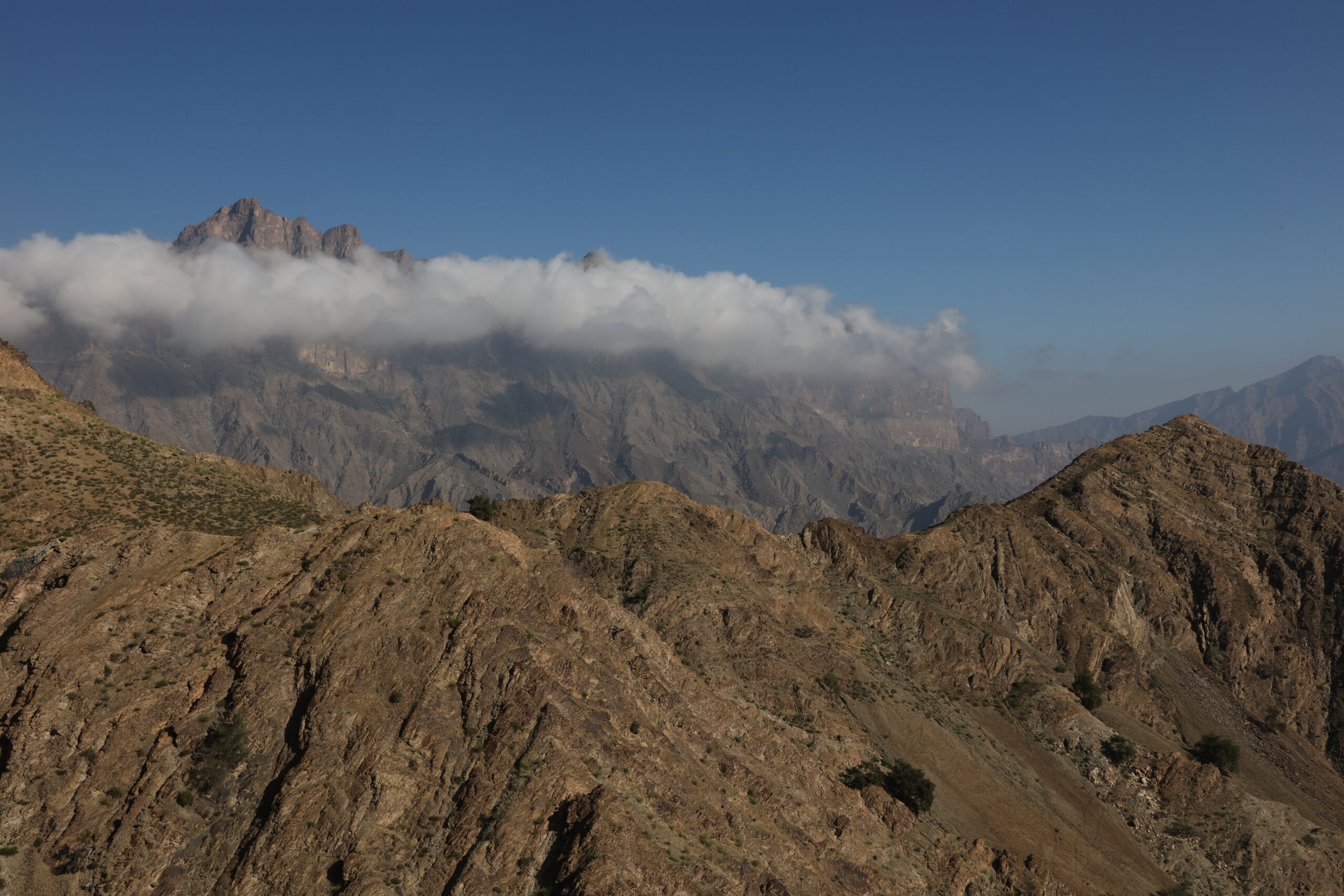Why Carbonate Research?
Our lab was founded in 2008 and was initially called the ‘Carbonate Research Group’. It was renamed in 2022 simply to ‘John Lab’ to reflect the increased diversity in our research. Carbonate are chemical sediments that contains rich information about the past conditions of our Earth, and about transformations occuring in the subsurface. Their study is thus fundamental to a better understanding of the evolution of life and climate change.

Field and numerical stratigraphy
Our group has made significant contributions to the field of carbonate stratigraphy, which involves the study of the stacking pattern of carbonate rocks and the processes that control their distribution and architecture. We have used a combination of field methods and forward numerical modeling to understand how sea-level and climate change have influenced the formation and alteration of carbonate rocks over time. Our research has helped to improve our understanding of the factors that control the distribution and architecture of carbonate rocks, including the influence of sea-level change, tectonics, and climate. We have also developed innovative approaches for analyzing and interpreting carbonate stratigraphy, which have allowed us to gain a more detailed understanding of the stacking pattern of carbonate rocks and the processes that control their distribution and architecture. Overall, our research in carbonate stratigraphy has made important contributions to our understanding of the Earth’s past climate and the role of carbonate rocks in shaping the planet’s geology and biology.

Carbonate Diagenesis and Thermal History
Our group has made significant contributions to the field of carbonate stratigraphy, which involves the study of the stacking pattern of carbonate rocks and the processes that control their distribution and architecture. We have used a combination of field methods and forward numerical modeling to understand how sea-level and climate change have influenced the formation and alteration of carbonate rocks over time. Our research has helped to improve our understanding of the factors that control the distribution and architecture of carbonate rocks, including the influence of sea-level change, tectonics, and climate. We have also developed innovative approaches for analyzing and interpreting carbonate stratigraphy, which have allowed us to gain a more detailed understanding of the stacking pattern of carbonate rocks and the processes that control their distribution and architecture. Overall, our research in carbonate stratigraphy has made important contributions to our understanding of the Earth’s past climate and the role of carbonate rocks in shaping the planet’s geology and biology.

Clumped Isotopes Paleothermometry
Our clumped isotopes lab is one of the few in europe – and the first in the UK. Our research has focused on using clumped isotopes to reconstruct temperature histories and understand the processes involved in the formation and alteration of carbonate minerals. Additionally, we have made important advances in understanding kinetic effects in stable and clumped isotopes, which has improved the precision and accuracy of clumped isotope paleothermometry. These innovations have greatly enhanced the precision and accuracy of clumped isotope measurements, and have allowed us to gain a more detailed understanding of Earth’s past climate and the processes involved in the formation and alteration of carbonate minerals.

Instrumentation and software for research
We Have Also Made Important Methodological Improvements To The Study Of Clumped Isotopes. Our Group Has Developed Automation Techniques (the IBEX) And Calibrated Clumped Isotope Measurements At High Temperatures, Which Has Allowed Us To Better Understand The Behavior Of Clumped Isotopes Under Different Conditions. We Have Also Developed “Easotope”, a New Software Tools That Have Made It Easier To Analyze And Interpret Clumped Isotope Data. Overall, Our Research Has Made Significant Contributions To The Field Of Clumped Isotope Paleothermometry And Has Helped To Shape The Direction Of This Rapidly Growing Field.
